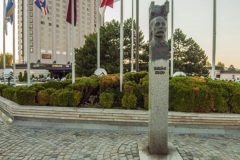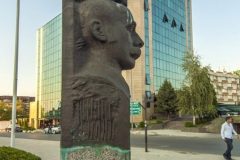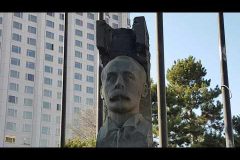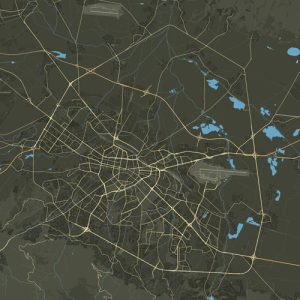James David Boucher, an influential Irish journalist and social activist, is honored with a memorial plaque on the building opposite the former royal palace in Sofia, where he resided. Additionally, a bust-monument commemorating Boucher was unveiled in June 2005 in the garden in front of the Kempinski Zografski hotel in Sofia. The idea for this monument was conceived by Professor Dimitar Stefanov, an honorary member of the Vitosha Rotary Club in the capital. Sculpted by Krasimir Rangelov, the funds for the monument’s creation were generously provided by the Sofia Vitosha Rotary Club, marking the 100th anniversary of Rotary International.
Born on December 18, 1850, in Boggotstown, Ireland, Boucher embarked on a scholarly journey in Dublin, Ireland, and later pursued his studies at King’s College, Cambridge, Great Britain. Initially interested in music, he shifted his focus to journalism and linguistics due to hearing impairments. His career commenced as a lecturer at Eton College, and his insightful articles for The Times newspaper swiftly elevated his profile, leading him to become The Times’ correspondent for Southeast Europe. Boucher’s exploratory trip to Romania in 1887 marked the beginning of his extensive engagement with the region. He settled in Sofia from 1892 to 1915, extensively reporting on political and social affairs across Southeastern Europe.
Residing in a house directly opposite the Palace in Sofia, Boucher’s relationship with Prince Ferdinand I was marked by controversy due to his outspokenness and inclination to address challenging topics and injustices prevalent in Bulgaria. He fervently criticized treaties like the Treaty of Bucharest (1913) and the Treaty of Neuilly (1918), deeming them unjust and detrimental to Bulgaria’s interests. Throughout World War I, he consistently urged the Entente representatives for fairer treatment of Bulgaria. His courageous actions, though potentially jeopardizing his career, significantly contributed to raising awareness among the English public about Bulgaria’s post-Liberation events and the struggles for national reunification.
Boucher’s impactful presence is immortalized in Jan Mrkvička’s painting “The Handmaiden.” Mrkvička, invited by the Eastern Rumelia government, depicted Boucher in a Shopian costume, dancing a Shopian ruchenita. Moreover, Nikola Mihailov portrayed Boucher in Shop attire in a portrait around 1915.
A steadfast advocate for justice for Balkan refugees and citizens, particularly post-national unification wars, Boucher penned numerous articles aiming to expose the realities of the Balkans, particularly Bulgaria, and called for an end to violence. His final wish was to be interred near the Rila Monastery, a cherished place he frequented. After his passing on December 30, 1920, his wish was fulfilled, and James Boucher found his resting place near the Rila Monastery, leaving behind a legacy of journalistic integrity and dedication to social causes.





